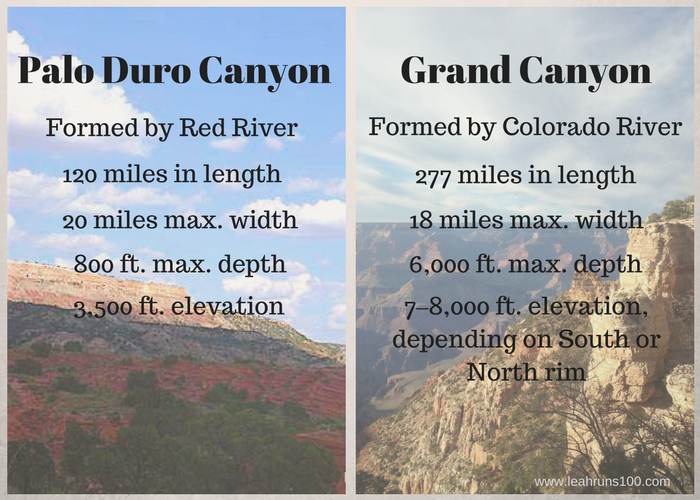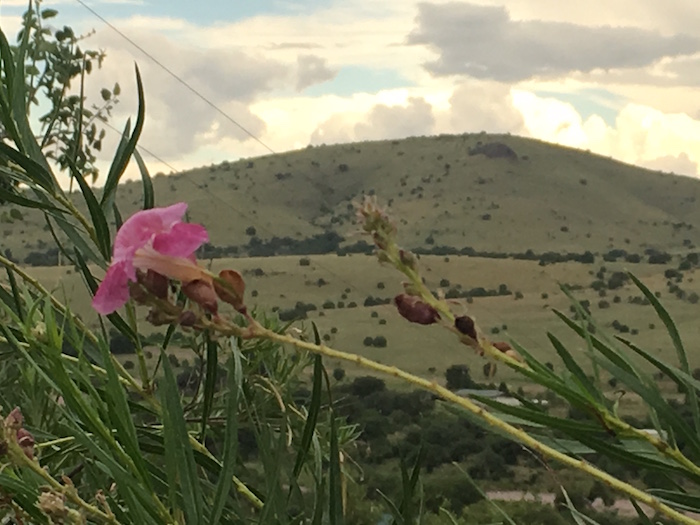The universe sometimes provides a thought-provoking cocktail of issues that beg the question: was this a divine plan, or did I just randomly connect some dots?
This week’s discussion mix: books, trail adventures, and wilderness politics.
Let’s Start With Books
I find reading well-written nonfiction to be a pure joy. Two books that fit this bill are The Emerald Mile: The Epic Story of the Fastest Ride in History Through the Heart of the Grand Canyon and Empire of the Summer Moon.
Emerald Mile is a sweeping historical lead-in to a vivid recounting of three Colorado River guides’ crazy stab at setting a speed record, traveling by wooden dory over 277 miles of flood-crazed white water—from Lee’s Ferry to Lake Mead–through the heart of the Grand Canyon. While I would’ve encouraged author Kevin Fedarko to pare down a hefty portion of the Glen Canyon Dam discussion and focus more on the people and river journey, the information was memorable and book well worth reading.
I’ve written before about Empire of the Summer Moon (see “Beach Reads for Family Trips”), which I reread for this year’s Davis Mountains Fitness & Training Camp; both books have been chosen for discussion, in 2015 and 2016, respectively. Empire of the Summer Moon is one of the best nonfiction books I’ve read in years. Subtitled “Quanah Parker and the Rise and Fall of the Comanche, the Most Powerful Indian Tribe in American History,” S. C. Gwynne masterfully weaves history, social anthropology, and human drama into a captivating examination of Indian American-U.S. relations in the late 1800s.
Side note: Quanah Parker’s great grandson narrates this short video, and his voice epitomizes a Texas drawl. The historical photographs are fascinating.
Did my intense trail love influence my reaction to these books?
I can’t imagine it didn’t.
Trail Adventures Color Reading
In October 2015, I crossed from the South to North Rim of the Grand Canyon—what’s known as “Rim to Rim,” or R2R—with a group of girlfriends. It was my first time in the Grand Canyon, though I had experienced Texas’ Palo Duro Canyon several times.
As the first and second largest canyons in America, how do these natural wonders compare?

Whatever the numbers, both took my breath away with their grandeur and beauty. There’s nothing like standing on the edge of that nature-made vastness. Traveling trails deep inside inspired awe and recognition of the living Earth. Immediately after finishing my day-long trek, I began to imagine returning to the Grand Canyon for a prolonged visit. As I read Emerald Mile, I pored over maps and Fedarko’s descriptions, matching my memories to the text.
Emerald Mile also made me reflect on the complex relationship between parks, their stewards, and patrons. I’ve been a trail runner for more than 10 years now, so I’m an experienced user. Yet I’m also part of the recent tourist horde descending on the Grand Canyon; as the U.S. population has grown, so has the number of wilderness area visitors. Emerald Miles’s primary action takes place in 1983 (do the math on time elapsed), and Fedarko writes of regulations and commercialization of the park that river guides then found restrictive and detrimental to experiencing the canyon. He also writes eloquently of protests against the Glen Canyon Dam and what natural areas were lost by its construction.

When the children were quite young, our family spent a week camping in Texas’ Davis Mountains. Though the kids don’t remember all that much, the trip made a lasting impression on me. The wide-open spaces of West Texas were unlike anything I’d ever experienced, and it was my first time visiting any sort of mountain. When I read Empire of the Summer Moon, I could relate to how the Comanche felt about their land and why those first Texans chose to encroach upon that space. At Davis Mountain Fitness & Training Camp this August, the book fresh in my mind, I often stared across the horizon, imagining myself as both Comanche and settler.
The book also brought home a sobering realization–this native Texan has never met anyone who identifies as Native American.
Trail Politics in Current Events
The books and my love for wild spaces converged in three different political items, hot topics that, I confess, inspire conflicting feelings.
Mountain Biking in U.S. Wilderness Areas
For the last, oh, 50+ years, “mechanical transportation” has been illegal in America’s wilderness areas. This July, Senators Mike Lee and Orrin Hatch (both Republicans from Utah) proposed the “Human-Powered Travel in Wilderness Areas Act,” which would reverse this restriction. Mountain bikes weren’t actually around in 1964 when the original restrictions were put in place, and the thinking now is to allow individual parks freedom to reverse that 1984 clarification specifically banning them.
Yes, I completely understand why mountain bikers would like more access to wilderness areas; a beautiful single-track trail is heaven on earth. However, overuse is the single biggest threat to what wilderness areas we have left and I wonder: do we want to add mountain bikers to the scads of people out there?
Saying “No” to a Pipeline
The Standing Rock Sioux, joined by members of some 200 other American Indian tribes, have gathered at Cannon Ball, N. Dakota, to protest the planned Dakota Access Pipeline. The Standing Rock Sioux have filed a lawsuit to halt construction on the pipeline, as they believe that the project’s impact on tribal lands has not been properly assessed. The tribe also believes the project violates the Clean Water Act. A ruling is expected any day now.
After reading Empire of the Summer Moon’s recounting of numerous “treaties” that were never honored, I am ashamed that the Sioux people’s claims might be true. It’s a matter of protecting ancestral places and clean water. I hope the injunction is granted and more research is done.
How ‘Bout Construction in That Canyon?
The trail community and other groups are protesting the Navajo Nation’s planned gondola and visitor center, known as the Grand Canyon Escalade Project, to be constructed on what the tribe argues is reservation land. I don’t think, however, that the issue is quite as simple as “don’t junk up the Grand Canyon.”
The National Park Service has already built a canyon theme park on the South Rim—at least, that’s how the huge development felt to me. The proposed Escalade footprint is a fraction of the size of the South Rim Village and outside of the U.S. National Park parameters. It’s Navajo land, which takes us back to the previous issue: does the U.S. honor treaties made with Native Americans, or is our government still viewing indigenous people as recalcitrant children who don’t know what’s good for them?
I’m all for protecting our wilderness areas, but I’m also highly in favor of exposing our increasingly sedentary population to nature’s beauty. These complex issues have their benefits and detriments, and I’m not sure where I stand.
And there’s so much at stake.

To Learn More, Check Out These Links
Human-Powered Travel in Wilderness Areas Act
National Park Service Visitor Use Statistics
“Mountain Biking at National Parks”
“Threats to Wilderness from Overuse”
“American Indian Tribes Unite to Protect Missouri River from Pipeline”
“Taking a Stand at Standing Rock”
“National Park Service Calls Development Plans a Threat to Grand Canyon”




Thanks for another thoughtful and thought provoking post.
You are welcome. Any one of these topics would be great to discuss over a glass or two of wine, right?
The judge is expected to make a ruling today (9/09/16) on the Standing Rock Sioux Tribe\’s suit. Another link, with more information about how past dam projects have impacted these people: http://www.nytimes.com/2016/09/09/us/dakota-access-pipeline-protests.html?_r=0